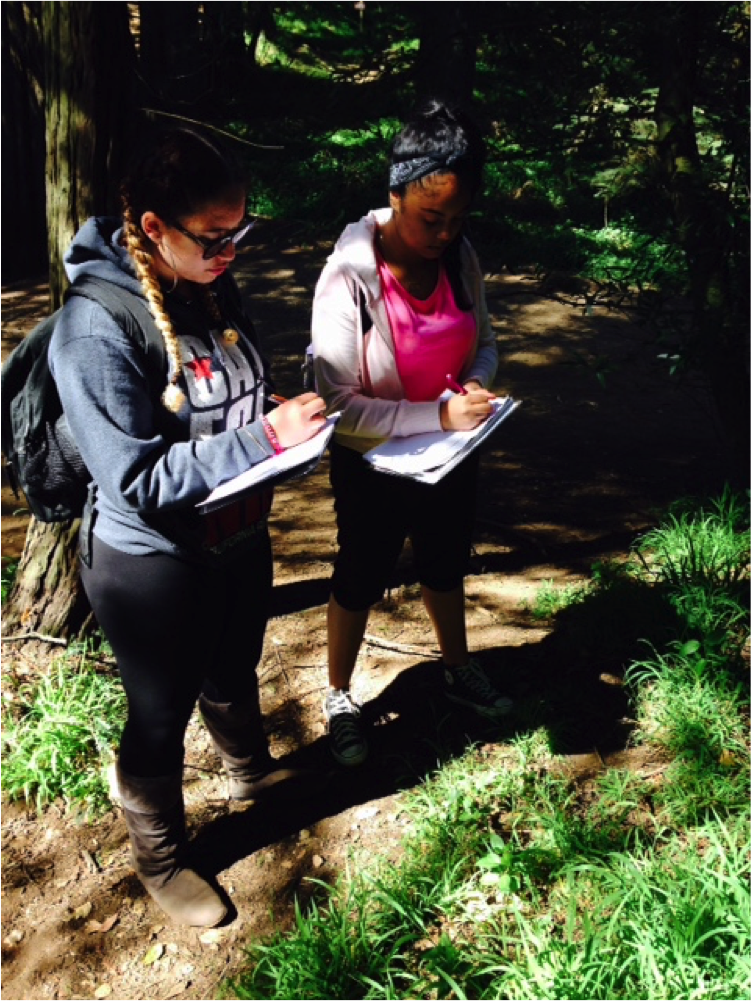
At Inclusion Outdoors, we expand equitable access to nature
Photo credit: Yosemite National Park
Site Under Construction: Updates Coming Spring 2025!
At Inclusion Outdoors, we believe that everyone should have the opportunity to develop deep, meaningful, ongoing connections with our natural world, aligned with their personal values, cultures and histories. We know there are many benefits and barriers to equitable outdoor access. We bring together partners across sectors to address these barriers.
Why Inclusion Outdoors?
There are many ways of spending time outdoors connected to our personal interests, values, cultures and histories.
Historically, many communities have had to face barriers that prevent them from enjoying the benefits of spending time outdoors.
Those who have faced these barriers the most include, but are not limited to, low income communities, Black, Indigenous and People of Color, people who are differently abled and the LGBTQIA+ community.
These barriers include:
Not feeling represented or welcome
Apprehension or fear of the outdoors
Racism, hate crimes and unnecessary police involvement
Cost, time, proximity and transportation limitations
At Inclusion Outdoors, we bring together partners across sectors to address these barriers so that people from all identities and abilities have access to the many ways of enjoying the outdoors.
Photo credit: SPAWNERS
Commitment to Justice, Equity, Diversity and Inclusion
Inclusion Outdoors and the California Outdoor Engagement Coalition have a responsibility to engage in Justice, Equity, Diversity and Inclusion measures by seeking to ensure access for people who have been historically underrepresented in the outdoors. We follow the leadership of members of these communities. We recognize that social injustices can impact all aspects of our lives, including outdoor engagement, and strive to contribute to removing barriers to accessing the outdoors. We foster diverse ways for people from all identities and abilities to appreciate and interact with the outdoors that reflect cultural and ethnic practices and understandings.
“Nothing for us without us.” - Disability Rights Movement
Outdoors: What We Mean
The outdoors should be accessible, engaging and safe to everyone, no matter who you are, where you’re from and where you live, work and play. Consequently, the outdoors include, but are not limited to, the following spaces:
Anywhere nature is found, including transformed vacant lots, schoolyards, urban gardens, backyards, parks (e.g., city, county, regional, state, national), sidewalks, multi-use paths/trails, greenways, etc.
Water sources, including ponds, lakes, streams, reservoirs, baylands, wetlands, riparian corridors, and oceans
Open and undeveloped spaces and easements
Natural ecosystems (not all “green”), including deserts, snow-covered mountains, beaches, etc.
Learning centers (museums, zoos, aquariums and other environments dedicated to learning about nature)



